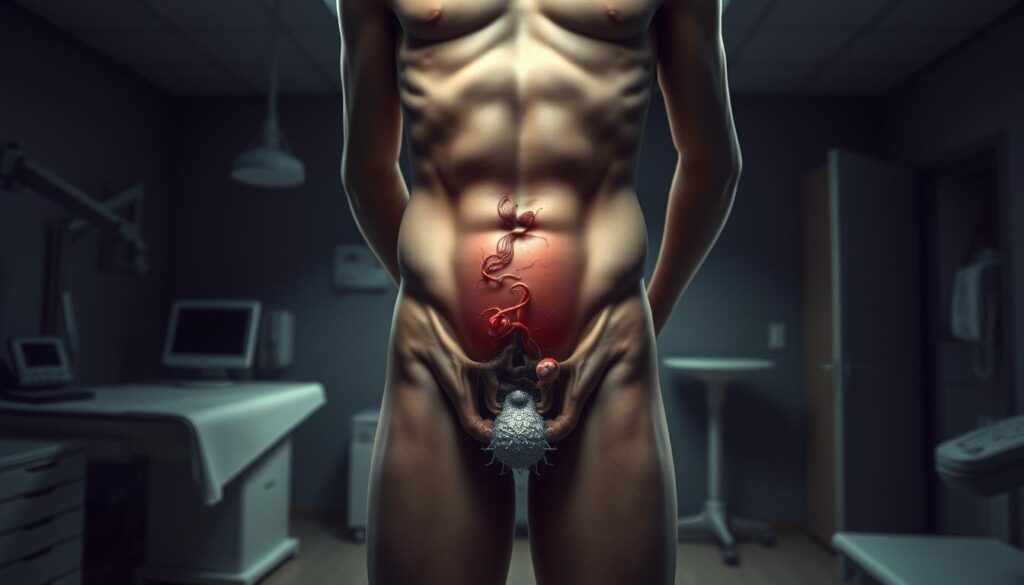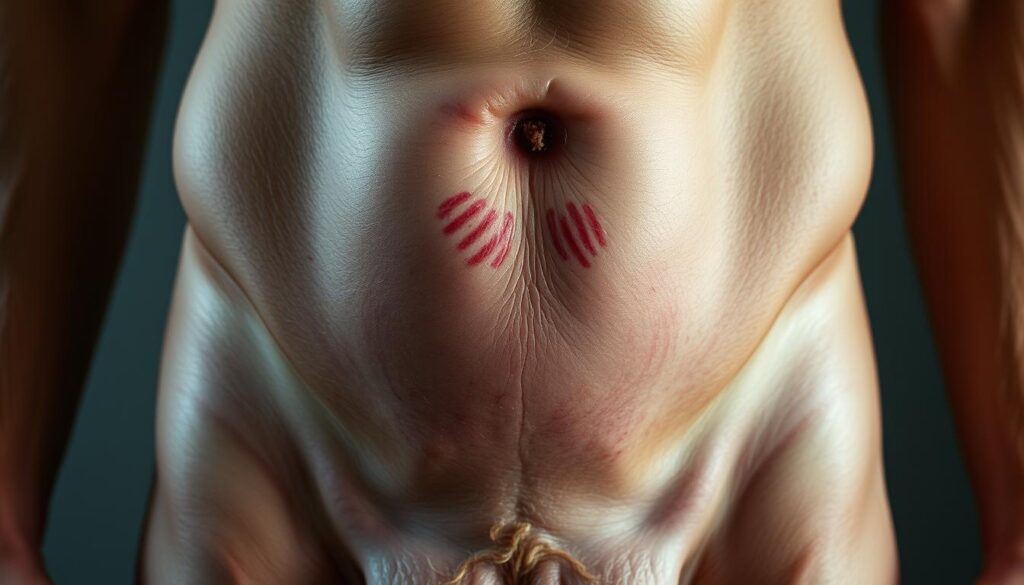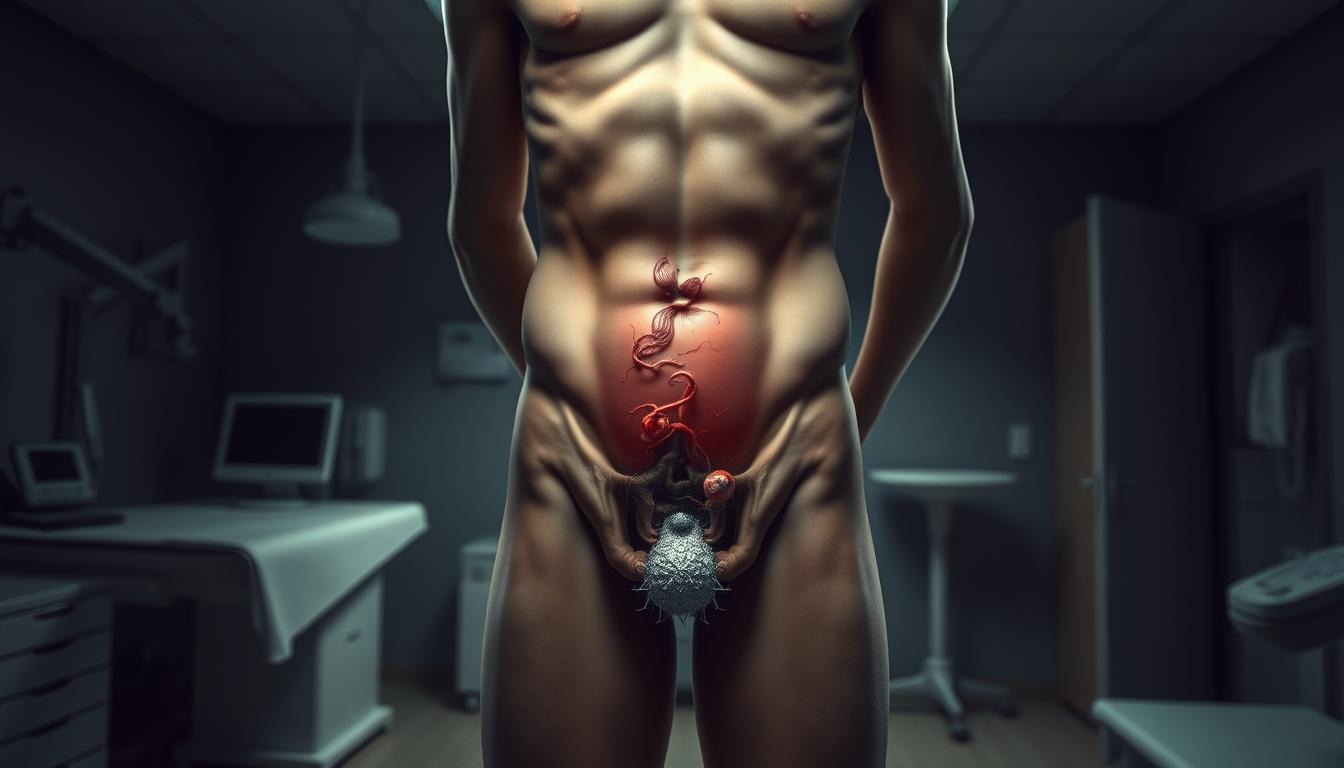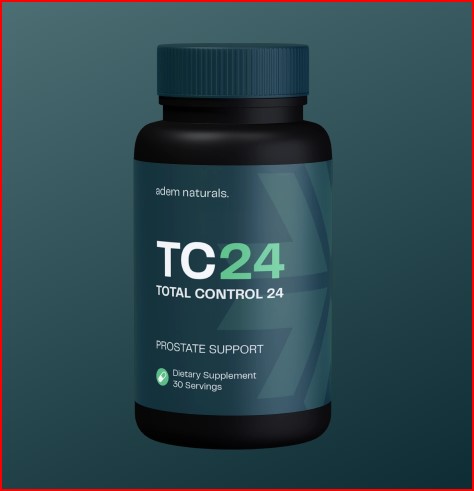Prostate Gland Removal: Navigating the Side Effects
Are you or a loved one facing a prostate cancer diagnosis? Wondering about the impact of surgery on your life?
Prostate gland removal or prostatectomy, is a big surgery for prostate cancer. It’s key to know the side effects to make the right choice.

We’ll look at the side effects of prostate removal. From common issues to rare ones, we’ll discuss how to manage them.
Key Takeaways
- For localized prostate cancer, removing the prostate gland is a significant surgery.
- Making informed choices is made easier when you are aware of the effects.
- Modern surgery has improved results but complications can happen.
- After surgery, side effects can be common or uncommon.
- There are ways to manage these side effects.
Understanding Prostate Gland Removal Surgery
Prostate removal surgery, or radical prostatectomy, is a big deal for men with prostate cancer. The procedure involves removing the entire prostate gland as well as some surrounding tissue, such as the seminal vesicles.
Also read Prostate Gland Calcifiatoin
Types of Prostate Removal Procedures
There are different ways to do prostatectomy, like open, laparoscopic, and robotic-assisted laparoscopic prostatectomy (RALP). RALP is popular in the U.S. because it’s less bloody, less painful, and you get to go home sooner. The cancer, your health, and the expertise of the surgeon all play a role in determining the best surgery.
| Surgical Approach | Description | Benefits |
|---|---|---|
| Open Prostatectomy | Surgery through a single long incision | Traditional method, widely understood |
| Laparoscopic Prostatectomy | Surgery through several smaller incisions | Less blood loss, less pain |
| Robotic-Assisted Laparoscopic Prostatectomy (RALP) | Minimally invasive surgery with robotic assistance | Faster recovery, shorter hospital stay |
Who Needs Prostate Removal Surgery
Prostate removal surgery is for men with localized prostate cancer and a good life expectancy. It’s for those at risk, younger men with aggressive cancer, and those who can’t have radiation. Success depends on the surgeon’s experience.
Major Removal of Prostate Gland Side Effects
Prostate removal surgery can cause big side effects. We’ll look at two main ones: urinary incontinence and erectile dysfunction.
Urinary Incontinence: Types and Prevalence
A common side effect of prostate removal surgery is incontinence. It affects up to 90% of patients. There are different types, including stress, overflow, urge, and continuous incontinence.
- Stress incontinence happens during activities like coughing or laughing.
- Overflow incontinence makes it difficult to completely empty the bladder.
- Urge incontinence is when you suddenly need to urinate.
- Continuous incontinence means constant leakage.
The severity and how long it lasts vary. It depends on age, surgery type, and how well you could urinate before surgery.

Erectile Dysfunction After Surgery
Erectile dysfunction is a normal side effect during prostate removal surgery. It happens because nerves needed for erections are damaged during surgery. How likely you are to regain function depends on your age, how well you could get erections before, and the surgeon’s skill.
Nerve-sparing techniques try to keep erectile function. But, most men will experience some erectile dysfunction after surgery. Recovery can take up to two years.
Urinary incontinence and erectile dysfunction can affect your mental health and relationships. This shows the importance of talking about these risks before and after surgery.
Other Possible Side Effects
Prostate removal surgery can cause many side effects, not just the well-known ones. Changes in urinary function and sexual function can affect a man’s life after surgery.
Infertility and Changes in Ejaculation
Radical prostatectomy makes men infertile. The surgery cuts the vas deferens, stopping sperm from leaving the body. Men wanting to have children should consider sperm banking before surgery. The surgery also causes “dry orgasms,” where no semen is ejaculated.
Changes in Orgasm Sensation
Men often notice changes in orgasm sensation after prostate removal. Orgasms can be pleasurable but feel different. Some men experience painful orgasms, known as dysorgasmia, which can last a few months or longer.
Lymphedema Risk
Lymphedema is a rare but possible side effect of prostate removal surgery. It happens when lymph nodes around the prostate are removed. This condition causes swelling in the legs or genital area and needs special treatment.
Changes in Penis Length
Many men see a small decrease in penis length after prostatectomy. The urethra’s shortening is the cause of this change. Knowing about these changes can help men prepare for surgery.
The emotional impact of these changes can be big. Changes in sexual function and body image can affect a man’s mental health. Getting professional help may be needed to deal with these issues. Understanding all possible side effects helps men make better choices about their treatment.
Timeline for Side Effect Development and Recovery
Patients often wonder about the timeline for side effects and recovery after prostate surgery. The recovery time varies based on age, health, and the surgery type.
Immediate Post-Surgery Effects
Right after surgery, patients often feel pain at the incision sites, are very tired, and have trouble peeing without help. They usually stay in the hospital for 1 to 3 days. During this time, a catheter is used to help with peeing.
The catheter stays in for about 1-2 weeks. Taking it out is a big step in getting better.
Short-Term Recovery Period
In the first few weeks after surgery, patients start to feel better. They have more energy and less pain. They start doing bladder control exercises to deal with peeing issues.
Many men, though, keep having trouble with peeing and getting an erection.
Long-Term Side Effect Expectations
By 6-12 weeks, many men see big improvements in controlling their pee. But some might always have a little trouble with it. Getting an erection back can take even longer, sometimes up to 2 years.
Knowing this helps men set realistic goals for getting better.
Managing Urinary Incontinence After Prostate Surgery
Managing pee issues after prostate surgery needs a few steps. This includes exercises, medical help, and changes in daily life. This mix helps men get better control over their pee and live better lives.
Pelvic Floor Exercises and Bladder Training
Kegels, or exercises on the pelvic floor, are essential for improving bladder control. Doing these exercises right and often can help in 3-6 months. Bladder training also helps by setting regular pee times and learning to hold it.
Medical Interventions for Persistent Incontinence
For men who keep having pee problems, there are medical options. These include shots to make the pee hole stronger, a male sling to support the pee tube, and an artificial urinary sphincter for the worst cases. These can really help and make pee work better.
Lifestyle Adjustments for Better Management
Changing how you live can also help with pee issues. Drinking less caffeine and alcohol helps because they make you pee more and bother your bladder. Drinking the right amount of water, losing weight if needed, and quitting smoking also help. These changes can make pee control better and symptoms less.
Addressing Erectile Dysfunction Following Prostatectomy
Many men worry about not being able to get an erection after prostate surgery. This can really affect their life, not just their health but also their mood and relationships. We’ll look at ways to deal with this problem.
Medication Options for ED
Medicine is often the first step for treating erectile dysfunction after prostate surgery. By improving blood flow to the penis, medications like sildenafil (Viagra) and tadalafil (Cialis) can be of assistance. But how well they work depends on if the nerves for erections were saved during surgery. For those who don’t get better with pills, shots like alprostadil can work well.
Non-Medication Approaches
For men who don’t want to take pills, there are other ways. Vacuum erection devices (VEDs) use suction to make an erection, and a ring keeps it in place. Alprostadil suppositories (MUSE) are another option, though they’re not as good as shots. These methods work no matter the nerves’ condition.
Penile Rehabilitation Programs
Programs for penile rehabilitation aid in maintaining blood flow to the penis. They start soon after surgery and can last for years. These programs use medicine, vacuum devices, and other treatments to help regain erectile function.
Starting these programs early can help improve long-term results for men with erectile dysfunction after prostate surgery.
Factors Affecting Side Effect Severity and Recovery
The effects of prostate removal surgery vary based on several factors. Knowing these factors helps men make informed choices and set realistic expectations about treatment outcomes.
Age and Overall Health
Age greatly affects recovery. Men under 60 usually recover faster from urinary and erectile issues. This is because they have better tissue health and healing abilities.
Our overall health before surgery also plays a big role. Men with good heart health, normal weight, and no diabetes tend to have better outcomes and fewer complications.
Surgical Approach and Surgeon Experience
The type of surgery affects short-term recovery. Less invasive methods often mean less pain and quicker return to activities. But, long-term results are similar when done by skilled surgeons.
Surgeon experience is key. Surgeons who do a lot of work have better outcomes and fewer complications. Large cancer centres also report fewer incontinence problems.
Pre-Existing Conditions
Men with urinary or sexual issues before surgery often face worse outcomes after. Those with mild erectile dysfunction or urinary symptoms before surgery tend to have bigger problems afterward. The extent of cancer and tissue removal also affects side effect risks.
Conclusion: Living Well After Prostate Removal
Men often find new ways to live well after prostate removal. Managing side effects and adapting to a new normal is part of the journey. Yet, many men see their health and well-being improve over time.
Living well after prostate removal is achievable for most men. With early detection and advances in cancer treatment, survival rates are high. By focusing on their body’s needs and making healthy choices, men can reduce surgery side effects and enjoy life.
Regular follow-up care and support from survivor groups and healthcare professionals are vital. By being proactive about their health, men can overcome the challenges of prostate removal and maintain a good quality of life.
FAQ
What are the common side effects after prostatectomy?
Common side effects include urinary incontinence, erectile dysfunction, and changes in orgasm sensation. Some men may also experience lymphedema, infertility, or changes in penis length.
How much time does it take to recover from surgery to remove the prostate?
Recovery time varies, but most men stay in the hospital for a few days. Full recovery can take several weeks to months, with some side effects lasting longer.
Can I regain urinary control after prostate surgery?
Yes, we can improve urinary control through exercises, bladder training, and lifestyle changes. In some cases, medical treatments may be necessary.
Are there effective treatments for erectile dysfunction after prostatectomy?
Yes, there are treatments like medications, non-medication approaches, and penile rehabilitation programs to manage erectile dysfunction.
Will I be infertile after prostate removal surgery?
Yes, prostatectomy usually makes men infertile due to the removal of seminal vesicles and damage to nerves controlling ejaculation.
How can I minimize the risk of lymphedema after prostate surgery?
To lower the risk of lymphedema, keep a healthy weight and exercise often. Also, lift the affected limb to help. Our surgeon will work to protect lymph nodes during surgery.
Can my age and overall health affect the severity of side effects?
Yes, your age, health, and any existing conditions can change how severe side effects are. A better lifestyle and a skilled surgeon can lessen these risks.
What are the advantages of having the prostatectomy performed by an experienced surgeon?
A skilled surgeon can reduce nerve damage and lower complication risks. As a result, there are fewer side effects and recovery is quicker.



Post Comment